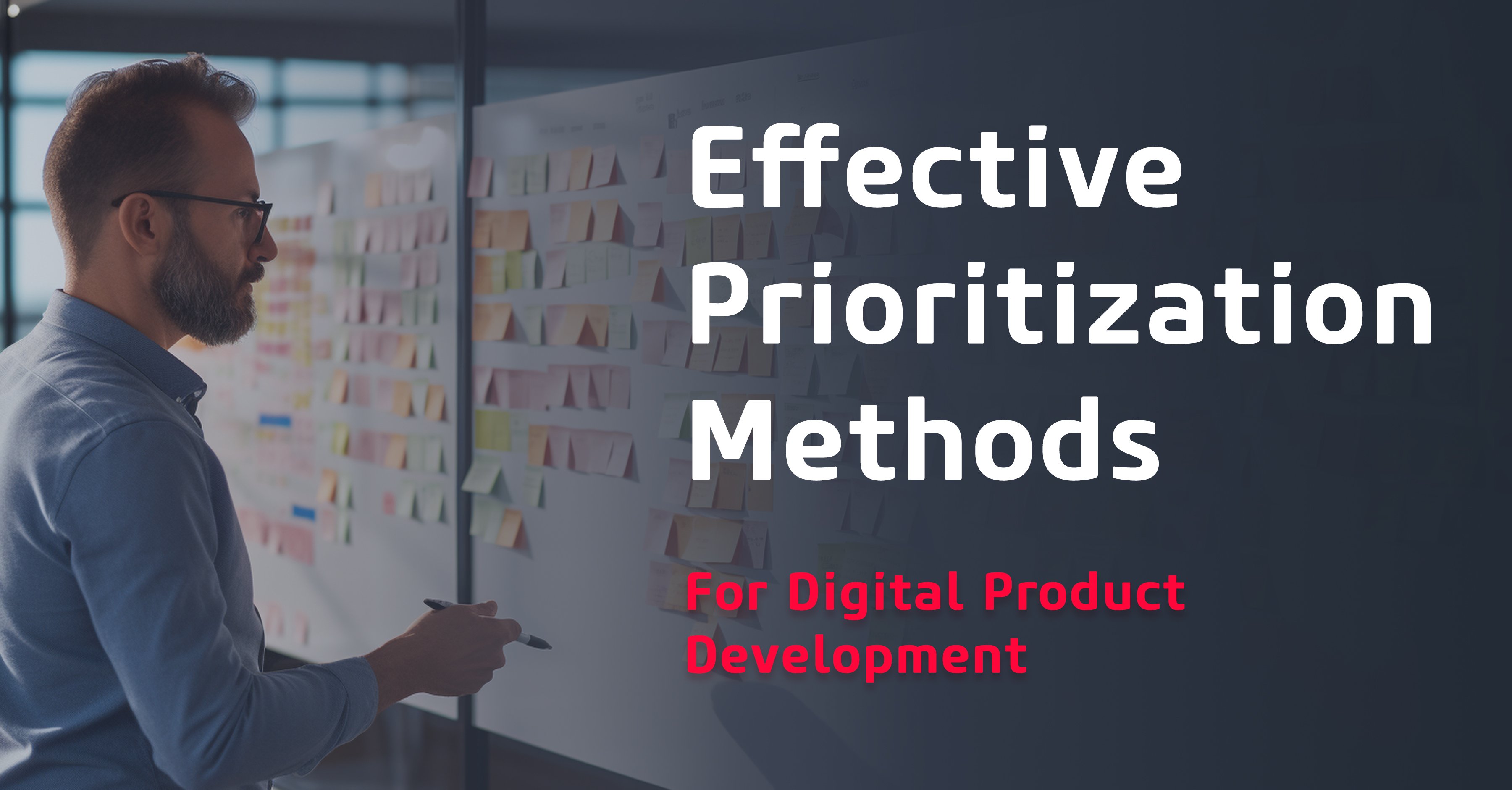Modern App Development Team
Modern application development is a powerful approach to designing, building, and managing software in the cloud. The goal is to increase the agility of your development teams and the reliability and security of your applications, allowing you to build and release better products faster.
Creating Future-Ready Cloud Architectures
From our experience helping organizations of every kind build applications, we’ve identified six best practices for modern application development that digital innovators rely on for success.

1. Enable Experimentation by Creating a Culture of Ownership
The expectations of our customers are continuously increasing as they look for digital products that improve their experiences. In response, organizations need to capture new opportunities by continuously innovating their current practices, culture, processes, and technologies. Amazon has coined the term “innovation flywheel” which gets at the heart of what is required to enable rapid innovation and truly superior products.
By using a continuous cycle of releasing new features, capturing user feedback, failing fast, learning, and experimenting again organizations are in able to respond and meet evolving customer needs.
Modern applications development makes the paradigm shift from the traditional software development to the “innovation flywheel” possible. By leveraging the Cloud, businesses can effectively meet the demands of their customers and remain viable and competitive. A word of warning: it is not just about moving to the Cloud, or using new development tools. Rather this shift requires the adopting of new agile methodologies resulting in changes to mindset and culture. Collectively they result in rapid innovations and enhanced customer experiences.
The flexibility of containers deployment as a new emerging approach of modern services deployment allows for what is called a Blue/Green Deployments and using Application Load Balancers (ALBs) allows for switching traffic smoothly between two parallel target groups. Using a service like AWS Lambda allows for Canary Deployments that shift traffic to newly deployed functions with the flexibility to move between old and new versions in a controlled rollout, ultimately reducing the impact to services.
Enabling experimentation while having control on successful and failed deployments can only be achieved with flexible deployments methodologies, combined with powerful AWS services that can be customized for different scenarios.

2. Componentize Applications Using Microservices
The architecture of existing/traditional applications can make it very difficult to respond with updates fast enough to retain customers or capture new opportunities. In contrast, modern applications are developed to allow for continuous releases of new features, often through much shorter release durations, by adopting a micro-service-based architecture. Each service or feature can be developed and tested separately and independently from other services.
Different development teams can use different frameworks, selecting the ones that make the most sense for the service they are working on. This allows continuous innovation to occur, and new features to be released, without impacting other teams.
A micro-service architecture is designed to allow for loose coupling between services by using a bounded context for a service, often implemented as a unique datastore per service. By eliminating shared datastores and the resulting dependencies between services, each micro-service can be scaled (and updated) separately, based on the specific demands of the specific feature or service. These more granular deployments minimize regression testing, dependencies, risk, complexity and upgrade duration.
Independent services communicate with each other through means of Synchronous for real-time transaction processing or Asynchronous communications for services that are not time-sensitive by leveraging published APIs and message queues. Event-driven architecture is one of the key architectural principles that helps in allowing decoupled micros-services to communicate and consume published events over Asynchronous messaging queues.
A typical business process may span multiple services that will communicate through an underlying message queuing systems, processing distributed transactions while capturing the state and timing of each activity to ensure the correct order of processing. This requires applications to have a backbone of orchestration and messaging capabilities to look after the management of the overall workflow.
AWS managed services like AWS Step Functions , Amazon SQS, Amazon CloudWatch Events, and Amazon Kinesis make orchestration between services easy to achieve. Developers can focus on the business logic needed, and rely on AWS Managed Services to manage services queues and inter-service communications.

3. Update Applications and Infrastructure Quickly by Automating the Release Pipeline
Regular application updates are part of the new world we live in. Security fixes and feature improvements need to be released as soon as they are available to address immediate vulnerabilities and new features need to get into the hands of product end users as quickly as possible.
An automated application development and release lifecycle makes this possible. Continuous integration and continuous delivery (CI/CD) pipelines can automate the full build/test/deploy process. With strict controls and quality gates enforced along the way, automation can ensure safe and stable code releases are committed to production while rejecting faulty ones and sending them back for developers to rectify.
AWS managed services like AWS CodeBuild, AWS CodePipeline, and AWS CodeDeploy, combined with customer of choice tooling, will simplify such automated deployments.
Tooling like AWS CloudFormation and AWS CDKs also allows developers to specify the services, resources, and changes required in a deployment template file that describes what needs to be provisioned. That same template can be integrated into a CI/CD pipeline as part of a standard application development lifecycle.

4. Simplify Infrastructure Management With Serverless Technologies
In traditional architectures, architects and administrators design reliable services upfront, and then procure needed resources to meet projected peak loads. The challenge is that systems rarely run at “peak capacity” all the time and organizations invariably end up with an overprovisioned infrastructure and left with frequent and manual tunings by continuously scaling up and down resources to meet the demand while controlling costs to the business.
Cloud providers such as AWS, offer capabilities for easy provisioning with flexible scaling options that can meet the precise demand on each component with a proven built-in reliability and fault tolerance enhancements (like AWS Auto Scaling and AWS Systems Manager).
By shifting to Cloud, architects can design comprehensive workload architectures that can be developed faster with end-to-end serverless services including application, compute, database, and storage services. This allows modern application to leverage the scalability benefits of the Cloud while meeting the performance needs at any moment in time.
Some well-known AWS serverless-based services like AWS Lambda, AWS Fargate, Amazon S3, Amazon DynamoDB, Amazon Aurora, API management, messaging, and orchestration make this possible. AWS is continuously adding to address traditional operational complexities while building complete architectures faster than ever.

5. Improve Application Performance by Increasing Observability
Cloud platforms offer various monitoring and logging tools that monitor the behavior of the applications at runtime ensuring your team can observe the current state of solutions in use. Aggregated data captured from various touchpoints is consolidated in logging systems where collected events can be analyzed and valuable insights can be drawn to pinpoint areas of improvements to be considered for future releases.
Traditionally, legacy systems were composed of simple services with separate and isolated logging services which are not ideal for modern application that spans multiple services and require centralized logging services that are natively integrated with various native cloud services.
Amazon CloudWatch with its native integrations to other AWS Managed Services is a key solution that makes further analysis possible and will help in proactively addressing and improving user experience and interactions with production services.

6. Modernize Security Approach by Weaving Controls into Development, Delivery, and Incident Response
Modern applications face security threats well before product release, and those threats will continue to change as components grow and scale. Implementing defence in depth, segregation of duties, credential management and least-responsibility access is traditionally a large undertaking. Fortunately, security offerings on the cloud also offer the same scalability and shared interface characteristics as the services used to support your applications. Making security a priority throughout the product lifecycle paves the way for a consistently strong security posture.
Service growth requires similar scaling in security operation capacity. Modern apps tend to be composed of more components that are more distributed across more interfaces. Centralized logs, critical for auditing operations, are increasingly used to trigger automated incident response. Whether the action is correcting a non-compliant configuration or quarantining a system for subsequent investigation, developing automated security responses will improve response time and keep your security team focused on the road ahead.
Implementing Role-Based Access Control (RBAC) allows components to use purpose-built least-privilege permission sets while often removing the need to manage service credentials.
Don’t overlook cloud control plane logs. These streams contain details about creation, deletion, and reconfiguration of cloud resources themselves, and they are key to staying informed of the current state of your cloud footprint.
Implementing security guardrails can enable your organization to distribute cloud resources to development teams while still preventing insecure configurations
Modern application development is not just about changing tools, or adopting a new framework. Modern application development is also a cultural shift that puts the customer at the very center of any product development through a process that drives innovation and ultimately allows us to meet the customer’s needs.
To make this possible, cloud providers like AWS offer comprehensive native services that help address and remove development complexities. Development does look different in the cloud and thoughtfully using these services to architect a modern product will allow you to realize the benefits we hear talked about so often: scalability, reliability, and innovation.





Submit a Comment